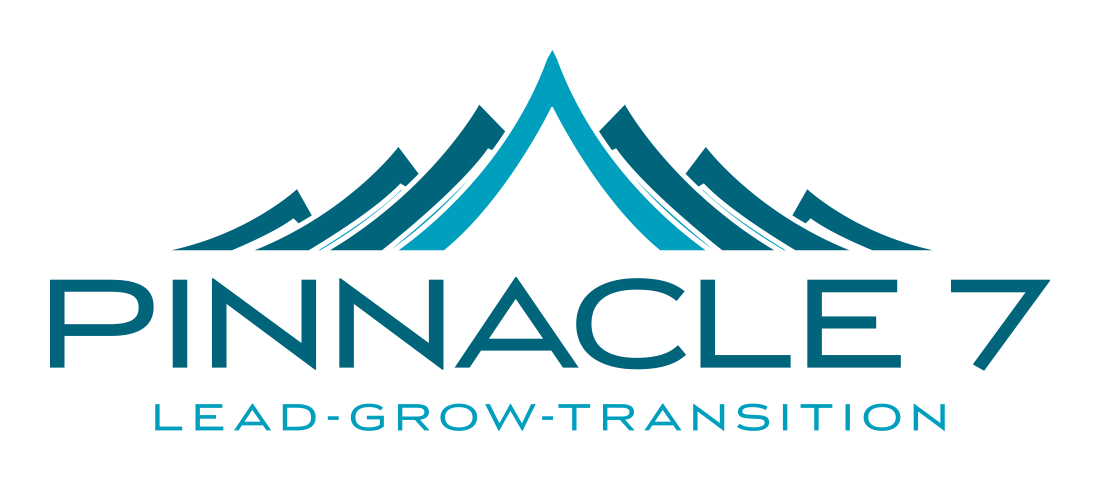
04 Apr Q: How do I develop Key Performance Indicators to monitor my progress with confidence
Key Performance Indicators (KPI’s) are an essential tool for any business owner to have in their business toolbox. KPI’s can be used to evaluate employee performance, develop group and individual training programs, diagnose problems, narrow in on the best expansion avenues, and so much more.
A savvy business owner must be able to make quick decisions on the fly, many times with limited information on hand. How do you know you will make the right decision? KPI’s can help you keep a finger on the pulse of the business, even when you are elsewhere – perhaps taking that long awaited family vacation!
The secret sauce
There are 3 Major Components to making KPI’s work for your business.
- Choosing the appropriate KPI’s for your business
- Breaking the KPI’s down into Positional Analysis Roles (delegating)
- Analyzing the numbers to make the right choices in upcoming quarters
You have to start somewhere
Coming up with KPI’s for your business can sometimes be challenging and overwhelming, but it does not have to be. Here are some generic KPI measures you can use to get started.
Financial KPI Measures
- Return on capital
- Cash flow
- Revenue
- Profit
Customer KPI Measures
- Customer satisfaction
- Customer retention
- Market share
Internal Business Process KPI Measures
- Quality
- Timeliness
- Costs
- Returns
- Rework
Sales and Innovation KPI Measures
- New sales
- New products
- New market
- Employee knowledge
Consistency is key
Once you identified specific KPI’s for the important sectors of your business, it then becomes equally important to identify KPI’s for each position within your company. These “Positional KPI’s” should tie back directly into the generic KPI’s, allowing you to direct each individual employee in performing each task in a manner that is consistently linked to the overall goals of the company. Positional KPI’s will provide employees with measurable goals for critical job functions – something you most certainly need when you are away from the business!
Measuring beyond the numbers
Measuring KPI’s is not quite enough. You need to be able to effectively analyze your data and make adjustments accordingly. Although everyone usually understands that metrics are critical to profit, they may not always know what to do with the numbers in front of them – scratching their heads as they run through the data.
Unfortunately, some aspects of business are not easily measured. Overall service satisfaction, the success of your company culture, client loyalty, or the reputation of your organization are all inherently difficult to quantify. The good news is that with today’s technology we can take measurement beyond numbers – words, pictures and videos can all be used to describe and assess performance.
As you identify your KPI’s, what matters the most is that you measure relevant things that will help you answer critical business questions. KPI’s work best when you ask the key questions first, then determine the numerical (or other form of measurement) solutions to the information you are gathering.


